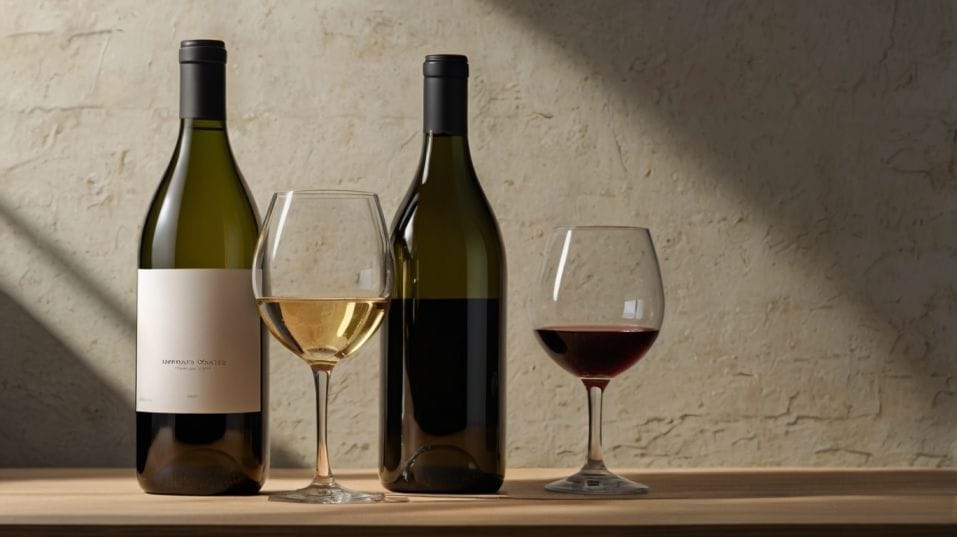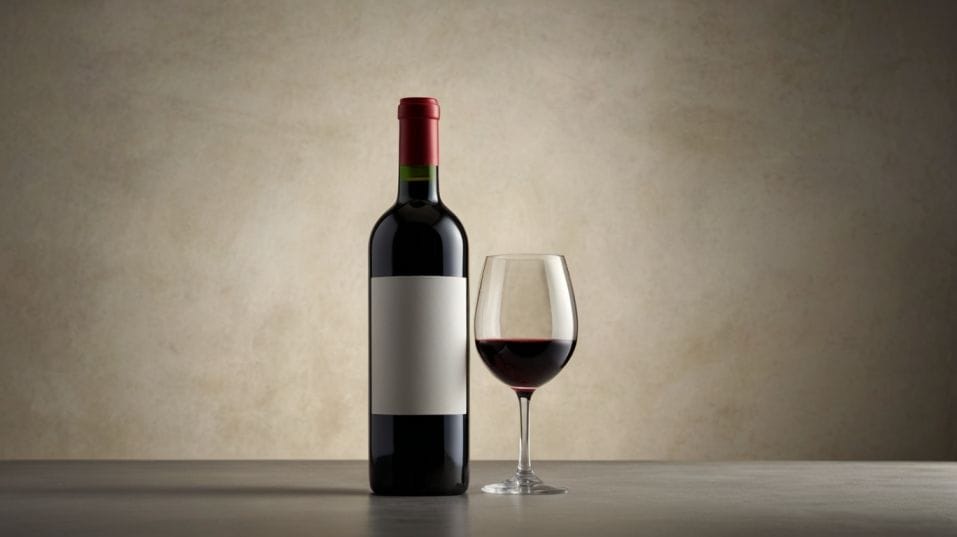Screw Caps Aren’t Inferior
Think screw caps mean cheap wine? Think again. Discover how smart closures can help you drink, collect, and taste wine with confidence.

Ever hesitate at a screw cap, thinking it means “cheap”? You're not alone. But here’s the truth: that twist-off top isn’t a shortcut—it’s a signal of precision.
For wine lovers early in their journey, understanding closures is a fast track to drinking smarter. When you know why some wines skip the cork, you gain insight into how they’re made, how they age, and how to taste them with more confidence.
Why the Cap Matters (But Not the Way You Think)
You’ve probably been conditioned to associate cork with quality. That familiar pop, the corkscrew, the ritual—it all feels important. But here’s the truth: a cork has very little to do with whether a wine is good.
In many cases, it actually introduces risk. Natural cork is porous. That means it allows tiny amounts of air into the bottle over time.
While that slow oxygen exposure can help certain wines evolve, it can also lead to spoilage, oxidation, or the dreaded “cork taint” caused by a compound called TCA.
Cork taint isn’t rare. Depending on who you ask, up to 5% of cork-sealed wines suffer from it.
You might not even know it’s happening—just that the wine smells a little off or tastes flat. That’s a wasted bottle, a wasted experience, and often a waste of money. Screw caps, on the other hand, remove that variability.
They offer a controlled, airtight seal that locks in freshness and preserves the wine exactly as the winemaker intended. No spoilage. No taint. No surprises. It’s not a shortcut. It’s precision.

What It Means for You as a Drinker
If you’re still building your wine palate, consistency is everything. You want to understand what a grape, region, or winemaker style truly tastes like.
A flawed bottle clouds that learning. With a screw cap, you’re getting a cleaner, more predictable expression.
That means you can focus on the good stuff—flavor, texture, balance—without wondering if the wine is “off.” You’ll also start noticing which wines benefit most from screw cap closures.
Wines That Thrive Under Screw Cap
Crisp whites like Sauvignon Blanc, Grüner Veltliner, or Albariño. Juicy, chillable reds like Gamay or certain styles of Pinot Noir.
These wines aren’t meant to sit in a cellar. They’re designed to shine right now—fresh, lively, expressive. And a screw cap is often the best tool to protect that immediacy.
There’s also a lifestyle element. Wine should be easy to enjoy. A screw cap makes that easier. No tools. No ceremony. You’re not held back by tradition or anxiety.
Just twist, pour, and taste. That simplicity opens the door to more confident, everyday drinking. You’re not waiting for a birthday or a dinner party. You’re making wine part of your weekly rhythm—and enjoying it on your terms.
The Truth About Aging
Yes, there are wines that are built to age—and cork still plays a role there. In certain high-end reds and structured whites, slow oxygen exposure can help tannins soften, aromas deepen, and complexity unfold.
But aging well isn’t about how long a wine can survive. It’s about how gracefully it evolves. And most wines you’ll encounter, especially as a newer drinker, aren’t designed with decades in mind.
They’re meant to taste good within a few years of release. And for those bottles, screw caps are actually better.
They keep wines brighter and more vibrant, especially if acidity or aromatics are key parts of the flavor profile. That means the wine you open at home will taste closer to what the winemaker tasted in the cellar.
Screw Cap and Cellaring
Some producers are even using screw caps for age-worthy wines—with success. The technology now allows for finely calibrated oxygen ingress, matching cork-like aging without the risks.
That’s not theoretical; it’s happening in places like Australia and New Zealand, where some of the best producers have gone all-in on screw cap across the board—including for wines meant to age.
So the next time someone says, “But screw caps don’t age,” ask them when they last opened a bottle of Clare Valley Riesling after ten years. Then hand them a glass.
Tradition vs. Technique
Cork feels luxurious because it’s familiar. It has cultural weight. It signals celebration and craftsmanship. But that doesn’t always line up with the practical demands of winemaking.
Many top producers now choose screw caps because they care deeply about precision and product quality. In other words, not in spite of their expertise—but because of it.
As a drinker, that should shift how you think about value. Screw cap wines aren’t cutting corners. In many cases, they’re respecting the wine more—not less. They’re honoring what’s in the bottle, not relying on an outdated symbol to sell it.
You don’t need to abandon cork entirely. But you do need to see screw caps as part of the bigger picture. They’re one more tool in a winemaker’s kit—and one more signal to help you buy, store, and serve wine with more clarity.
What to Pay Attention To Instead
Instead of focusing on the cap, focus on things that actually shape how a wine tastes:
Key Clues for Better Wine Choices
- Grape variety – Is it meant to be fresh and bright, or dense and age-worthy?
- Region and climate – Cooler climates often produce wines with high acidity, which pairs well with screw caps.
- Producer style – Do they lean modern or traditional? Are they embracing technical precision, or preserving rustic charm?
- Intended drinking window – Is the wine made to be enjoyed now or cellared for years?
When you start paying attention to these factors, you stop buying based on packaging and start buying based on purpose. That’s the shift from casual curiosity to informed enjoyment. That’s what builds real wine confidence.
Final Thoughts
Screw caps don’t make wine worse. They make wine more reliable. They let you taste what the winemaker intended. They strip away the guesswork and let the wine speak clearly. And they remove barriers between you and the glass.
The real measure of a wine isn’t how it’s sealed—it’s how it tastes, how it makes you feel, and how confidently you can choose it again.
So next time you’re at the shop or the table, let go of the myth. Pick a screw cap bottle with intention.
Taste it with focus. Add it to your weekly lineup. That’s how you learn. That’s how you refine. That’s how you drink better.




